Flowers need to be pruned regularly. Follow these 5 "principles" to ensure they grow vigorously and bloom more.
We grow flowers at home. Most woody flowers and some herbaceous flowers need to be pruned regularly during maintenance. But when should we prune? How can we prune to ensure that the plants grow well and bloom more without problems? Generally speaking, there are 5 principles to follow when pruning plants. If you understand and use these 5 principles reasonably, you can make the plants grow more vigorously and bloom more. Let me tell you about them today.
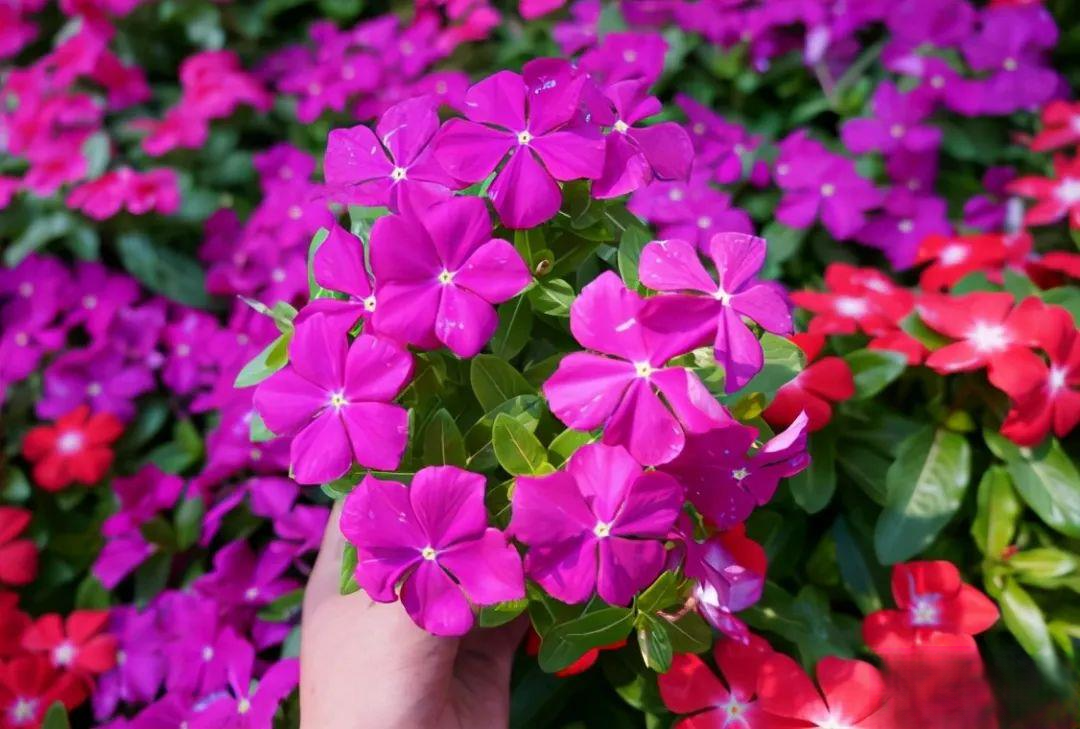
1. Do not prune before flowering, but prune after flowering
All the plants we raise have specific conditions when they bloom, such as aging branches before they will bloom, or new buds growing from branches, and flowers blooming on the top of the new buds. This requires us to try not to prune a plant when it is about to bloom, or when we see it blooming. If you prune it at this time, it will cause it to grow new buds when it should have bloomed, and in the end you won't see it blooming. So remember this: you can't prune it when it's blooming. We have to prune it after it blooms to control the entire plant shape, make it more beautiful, and reduce nutrients so that it can sprout new buds again and bloom again.
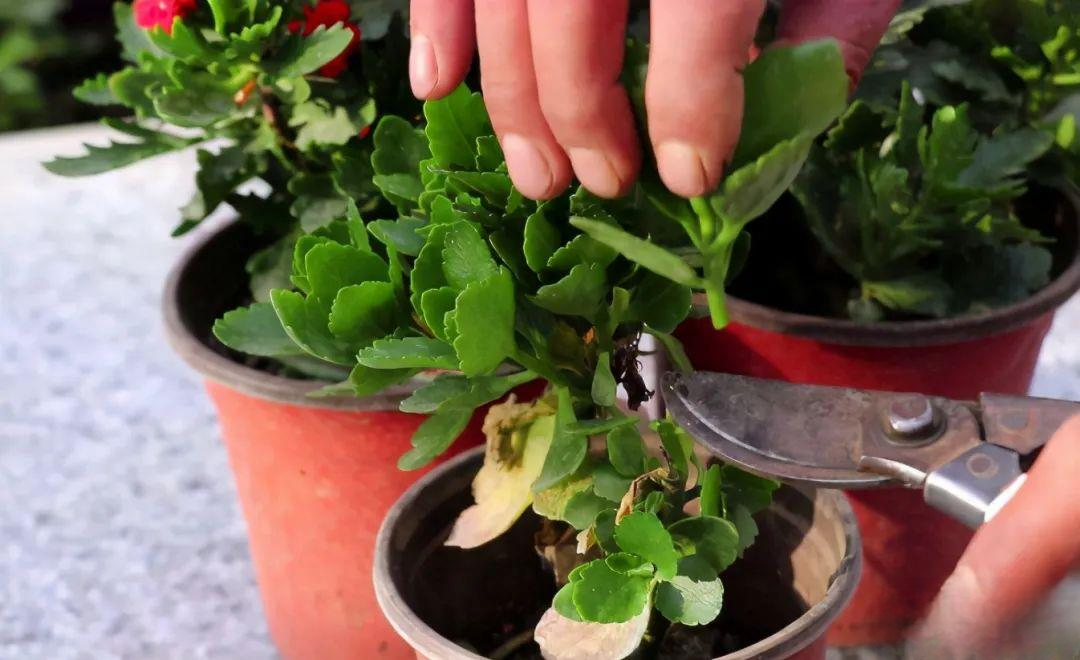
2. Observe the status of the plants
Why do we need to observe the status of plants? If your plants are growing very well, you can prune them. If your plants are not growing now, are in a stunted state, or are in their dormant season, then you should not prune them. Pruning them at this time will only cause problems. We need to prune them when the plants are growing vigorously. Only after you prune them will they sprout quickly and will not cause the branches to retract. Only then will there be no problems with your plants. So you must follow this point.
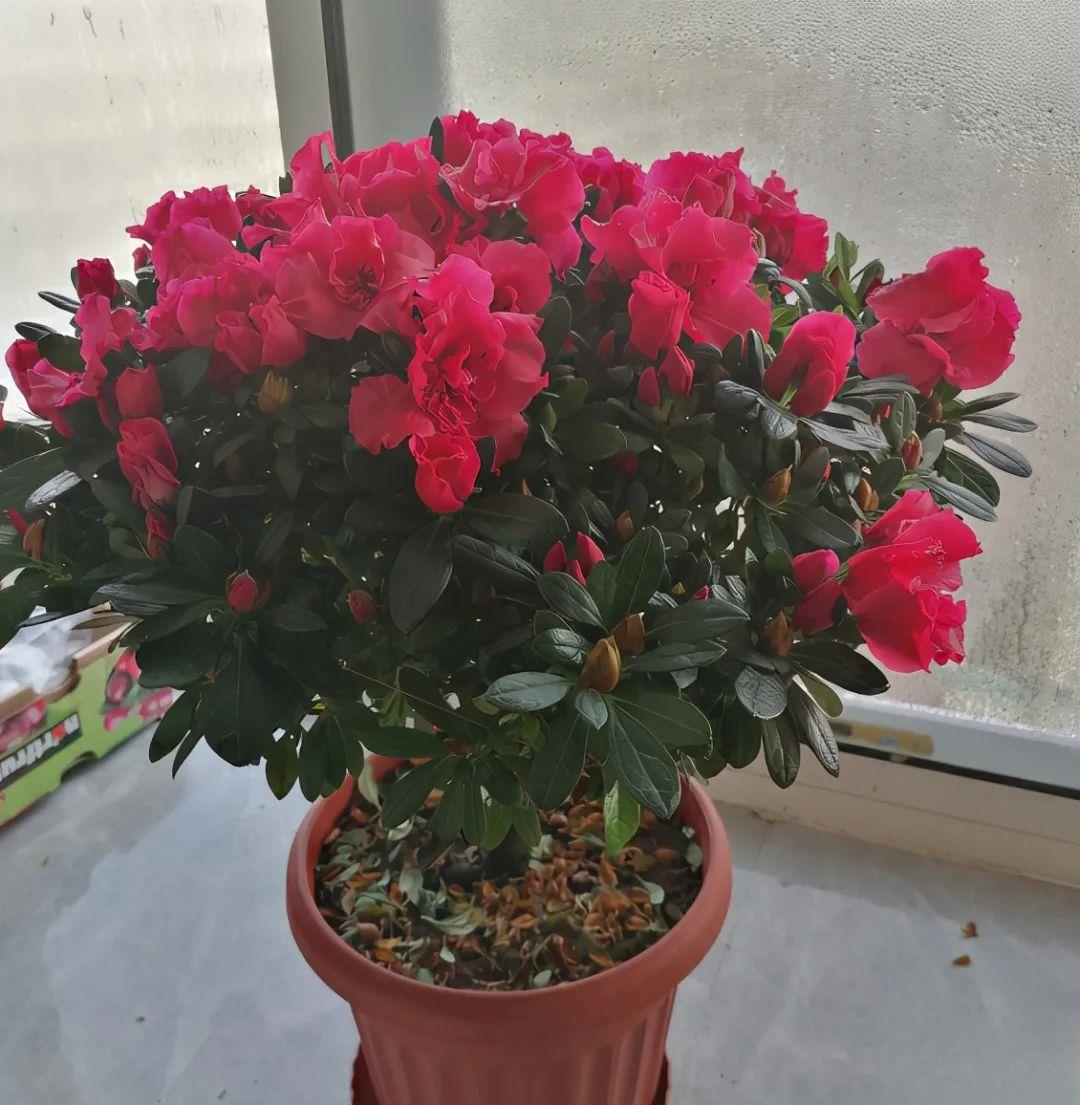
3. According to plant type
What is plant type? It refers to the state of the entire plant, and the crown width looks good, which is what we call bonsai. Maintaining the plant type is just like one's own hair. If it grows long, we have to cut it. If we don't cut it, it will be messy and ugly. We have to get a haircut several times a year to ensure that our hairstyle is more handsome and more beautiful, unless you just want it to stay long. For example, if we raise a plant, one of its branches grows very long and hangs down directly, which is very ugly, but some people like this look, so you just leave it alone. Some people want to keep long hair, so you just leave it alone. This is based on your own preferences, and we have nothing to say.
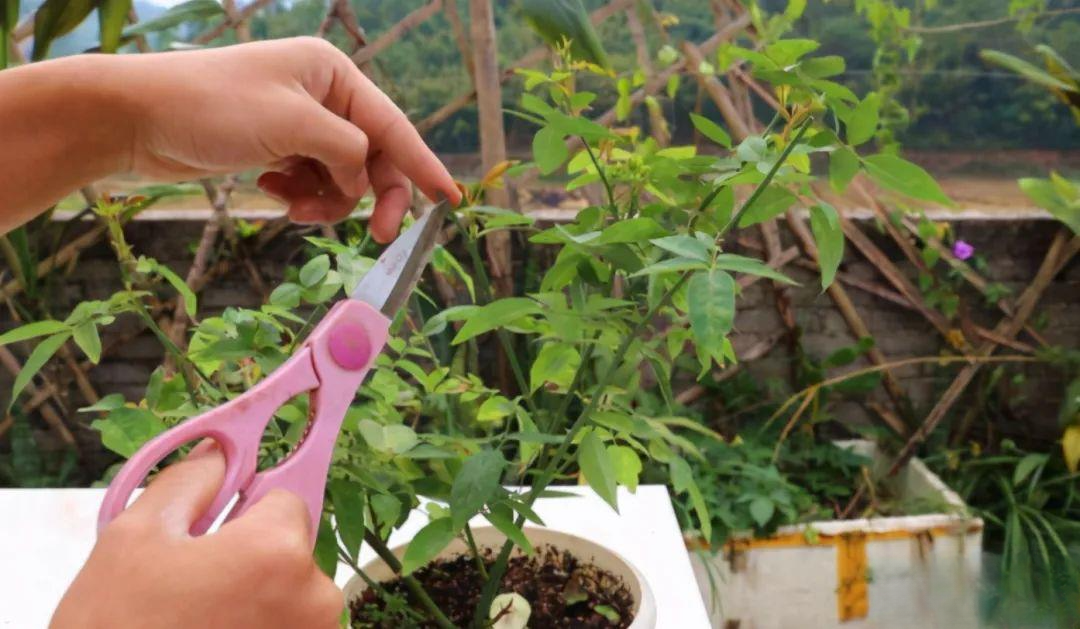
Generally speaking, most of the bonsai we raise are for viewing the leaves, and whether it is for rooting or shaping, it is necessary to maintain a good shape. Therefore, during the normal growth of foliage plants, we must regularly prune them, cut the branches in time when they grow long, and give them reasonable pruning according to the shape. In the end, you can keep this shape and cultivate it into a good-looking bonsai to achieve the ornamental value you want. Generally speaking, most bonsai are foliage plants. If they also bloom, don't prune them before they bloom. After they bloom, prune them strongly to fix the shape of the whole plant. At that time, it can be guaranteed to be very beautiful. In other words, as long as it is a foliage plant of the bonsai type, you can prune it at any time without any problem, as long as it grows.
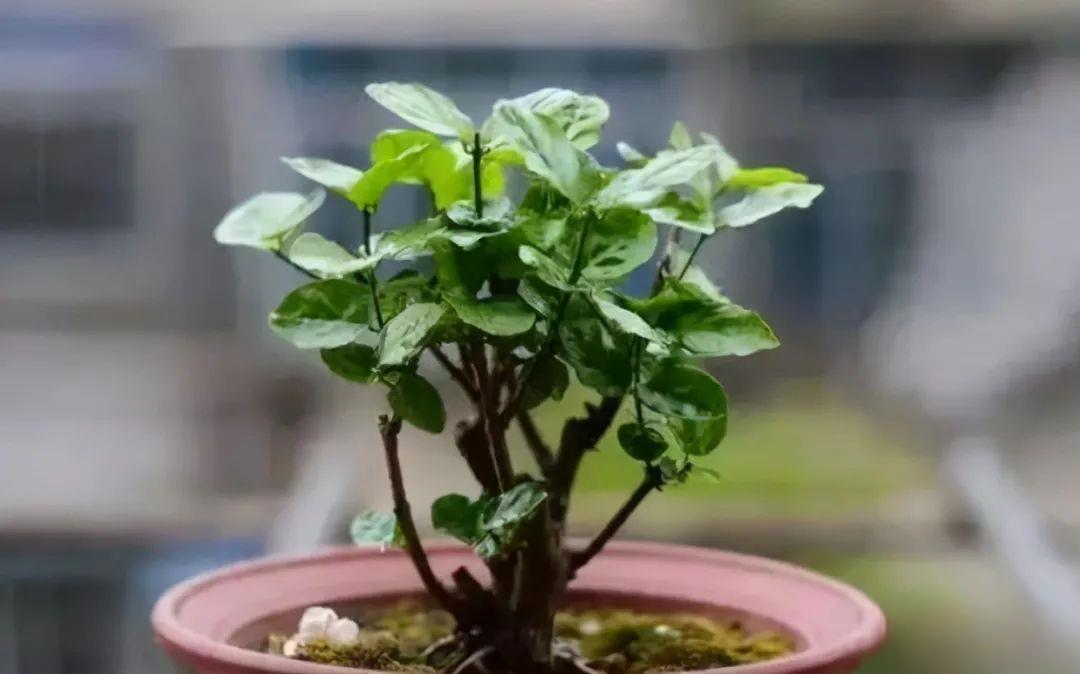
4. Repotting and pruning
Why do we talk about repotting and pruning? For example, when we go to the flower market or buy flowers online, we buy flowers that are directly grown in a small pot, or in an ugly pot. We have to repot them. For example, if we have kept them at home for a long time and the root system is full, we have to repot them. When repotting, we must prune them reasonably. Generally, we will hurt the roots when we repot. After the roots are hurt, there are so many roots in the pot to supply the growth of the entire crown. If we repot and hurt the roots, there will be fewer roots and less nutrients absorbed. It will not be able to supply the crown above to grow quickly. Moreover, after repotting, it will be more difficult to slow down the seedlings. At this time, we can remove part of the soil while repotting. After hurting part of the root system, we can slightly prune the crown of the whole plant, shorten the long branches, and cut off the thin and weak branches. In this way, the consumption of nutrients can be reduced, and it can quickly slow down the seedlings and grow the root system well. After the root system grows well, it will grow more branches and more leaves. After repotting, it will only grow better and better.
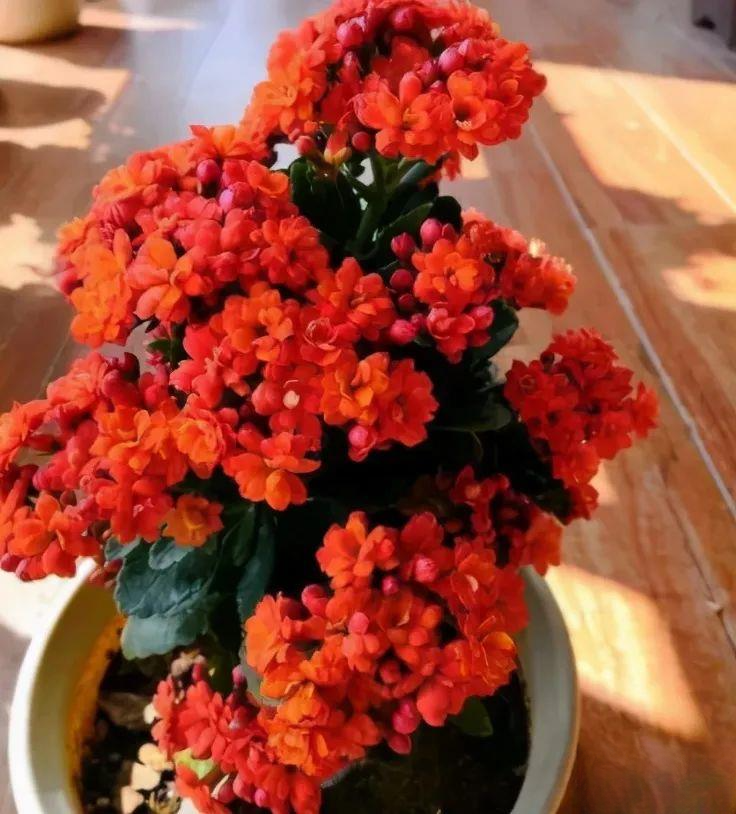
5. Common pruning methods
Normally, the flowers we grow also need to be pruned regularly. Why do we say that? For example, if some branches of the flowers we grow are dry and some branches are withered, this branch must be cut off. It does not look good on the top, and it does not grow buds. There is no point in keeping it, and it may cause it to continue to withdraw and wither. Generally, after pruning such branches, it is best to apply some carbendazim on the wound to prevent it from spreading further down. Another thing is the weak buds at the bottom. Generally, the plants we grow have a large crown at the top. The buds growing at the bottom are very thin and weak due to insufficient light. Moreover, the weak buds growing at the bottom of the flowering plants will not bloom because the light is blocked and the flowers cannot bloom at all. Even if they can bloom, the flowering performance of the thinnest branches will not be strong.
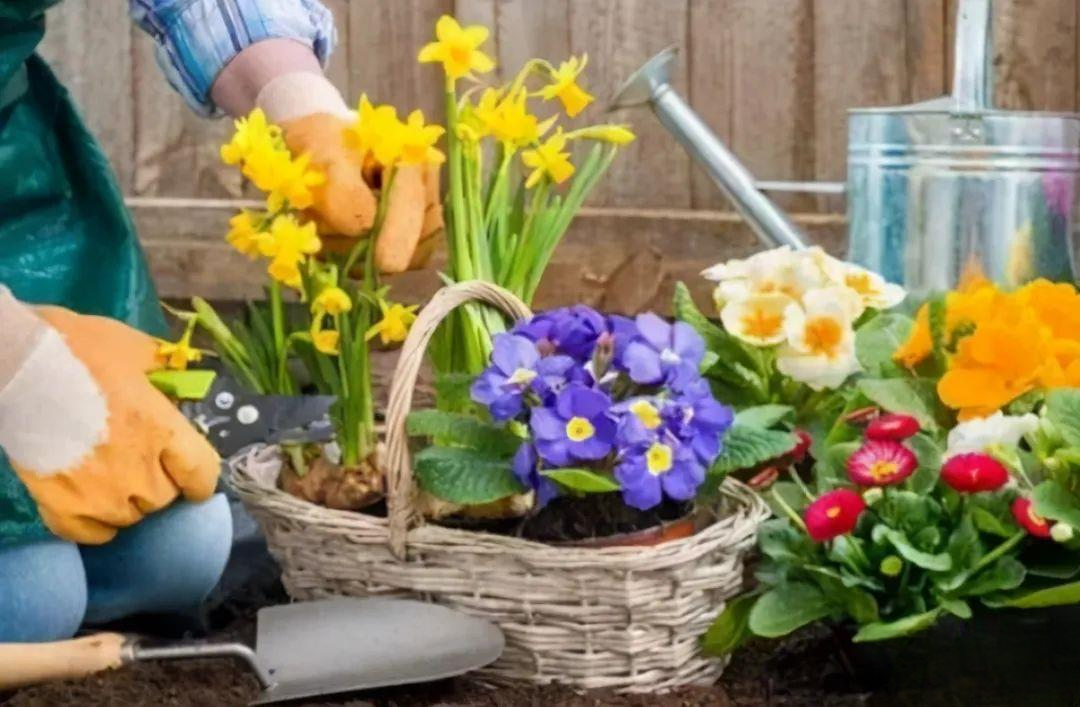
Just like what people say, it grows alone at the bottom and consumes nutrients, and it doesn't bloom. Since it is close to the roots at the bottom, the nutrient supply is too abundant, resulting in the upper part not absorbing nutrients, so the upper part does not grow well and blooms less. It is purely occupying the toilet without doing anything. There is no point in keeping it, so we might as well cut it off directly. Therefore, normal pruning is to prune the dead branches, rotten branches, dry branches and yellow leaves, and remove them in time, so that there will be no problems.
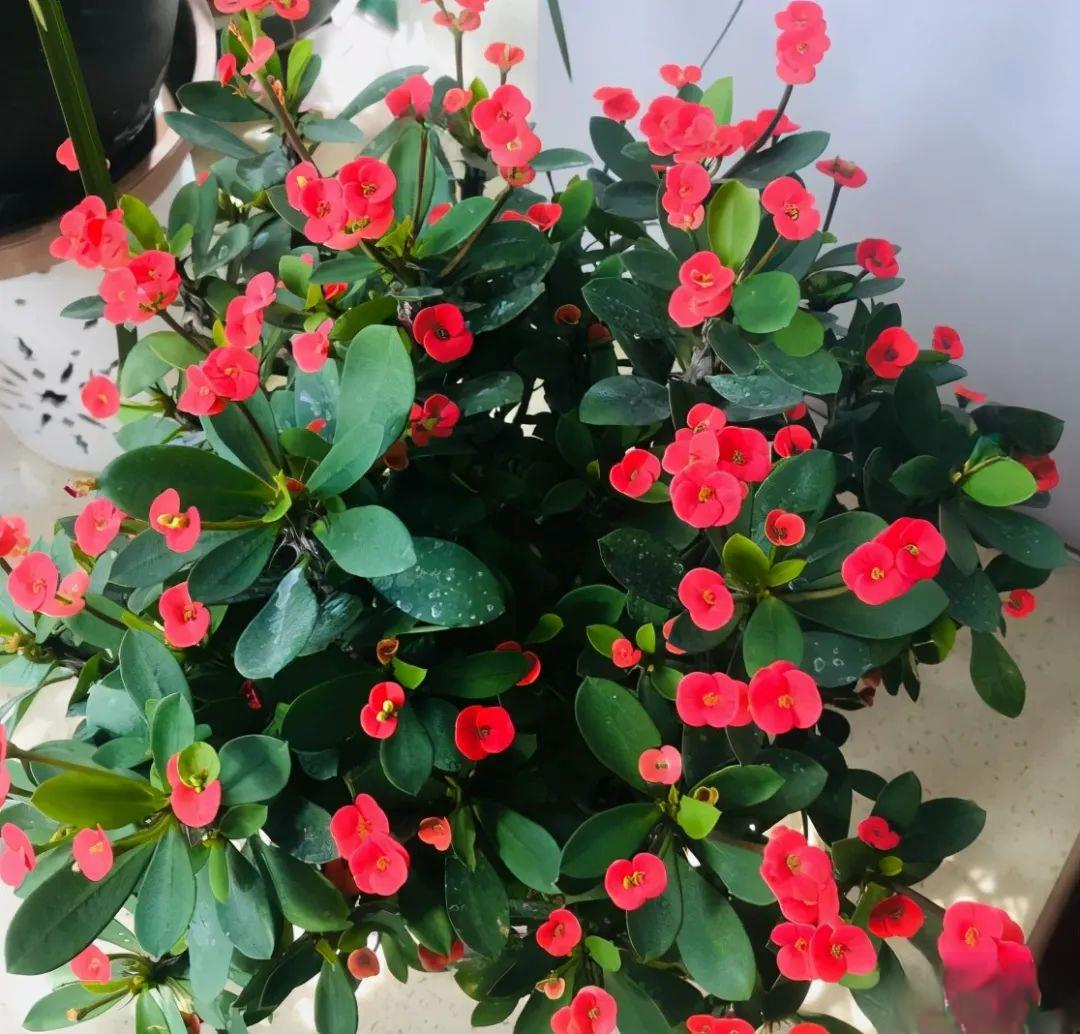
There are not many tricks to flower growing and pruning. Once you follow these 5 principles, your plants will basically grow well, have beautiful shapes, and be less likely to have problems. They will also have strong flowering properties. You can give it a try.